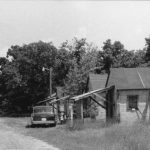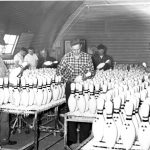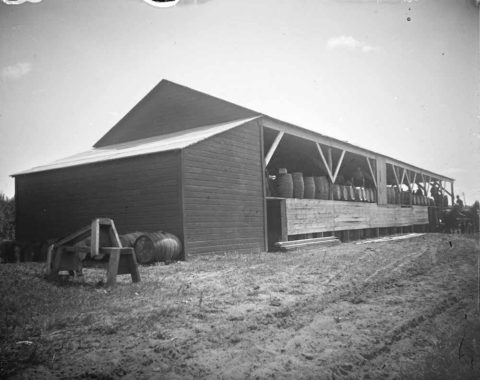
The Bond Pickle Company of Oconto, Wisconsin was founded in 1915 by five brothers. The Bond brothers quickly developed the firm, by 1917 acquiring 10 “salting stations” where the cucumbers were received from local farmers and a processing factory on West Main Street in Oconto. By 1938, the Bond Pickle Company could claim the largest pickle processing plant in the United States.
As the Wisconsin pickle industry expanded, it began to rely heavily on migrant labor to harvest the pickle fields. Unlike many of Wisconsin’s other major crops, it is very hard to cultivate or harvest cucumbers by machine. As a consequence, as the pickle industry expanded, cucumber farmers relied more on seasonal migrant labor than any other industrial sector. Many of the families who spent their summers picking cucumbers for the Bond Company and living in the migrant worker housing at Bond Village in Oconto began coming to Wisconsin in the 1930s as the Bond Company expanded.
Although some of the migrant workers who began working for Bond in the 1930s were Latino, it was not until the 1950s that Spanish-speakers comprised the majority of Wisconsin’s migrant workers. Most migrant worker families were American citizens and permanent residents of Texas, working seasonally in Wisconsin and California. Migrant workers for Bond Pickle Company earned an average of $1.59/hour for women, $1.20/hour for minors, and $1.57/hour for men. In 1970 a 45-year-old migrant worker employed by the Bond Pickle Company, Antonio Ramos, earned $110.30 for picking a ton of cucumbers with his children in 8 hours. When asked by the Chicago Tribune, Ramos reported that he expected to earn roughly $5,000 for the season.
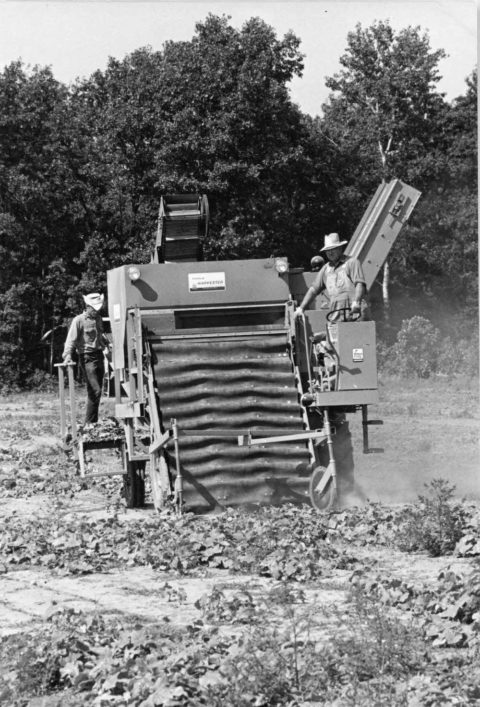
The 1969 season was likely the peak year for the number of migrant workers picking in the Wisconsin pickle fields. As the state of Wisconsin and the Federal Government passed a series of migrant worker housing laws in the 1960s, as more social services came into the migrant worker’s camps, and as migrant workers organized, larger farms across the state began to hire fewer migrant workers. Instead, they invested in pickle-picking machines. In 1970, each pickle-picking machine cost roughly $16,000. Machines such as this were beyond the means of small producers, growing only ten or fewer acres of pickles, but so, too, were the modifications to migrant housing required by law for farms hiring more than six laborers. Unable to afford the machines and increasingly resistant to hiring migrant laborer, many small producers left the industry. In 1970, despite a bumper crop, Wisconsin pickle farmers hired 1,000 fewer migrant laborers to work the pickle fields than the year before.
The Bond Pickle Company was purchased by Beatrice Foods in 1957, and in 1974 was again purchased, this time by the Kelly family. At its peak during 1970s, the Bond plant spread across three acres and included 800 curing tanks for pickles. Hit hard by inflation in the 1980s, the company struggled for many years and eventually closed its doors in 2004 when renovations to the plant proved too costly to continue.
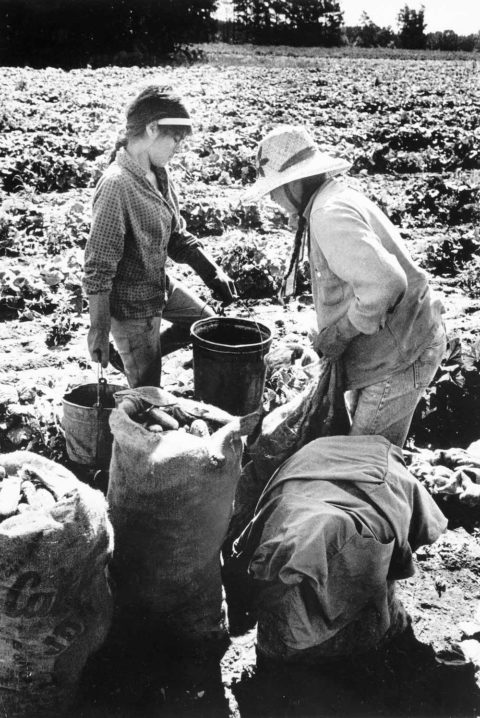
Written by Antonio Saldaña, September 2017.
SOURCE
“Migrant Worker’s Bunk Beds,” Wisconsin Historical Museum Objects, Feature Story. Wisconsin Historical Society.
